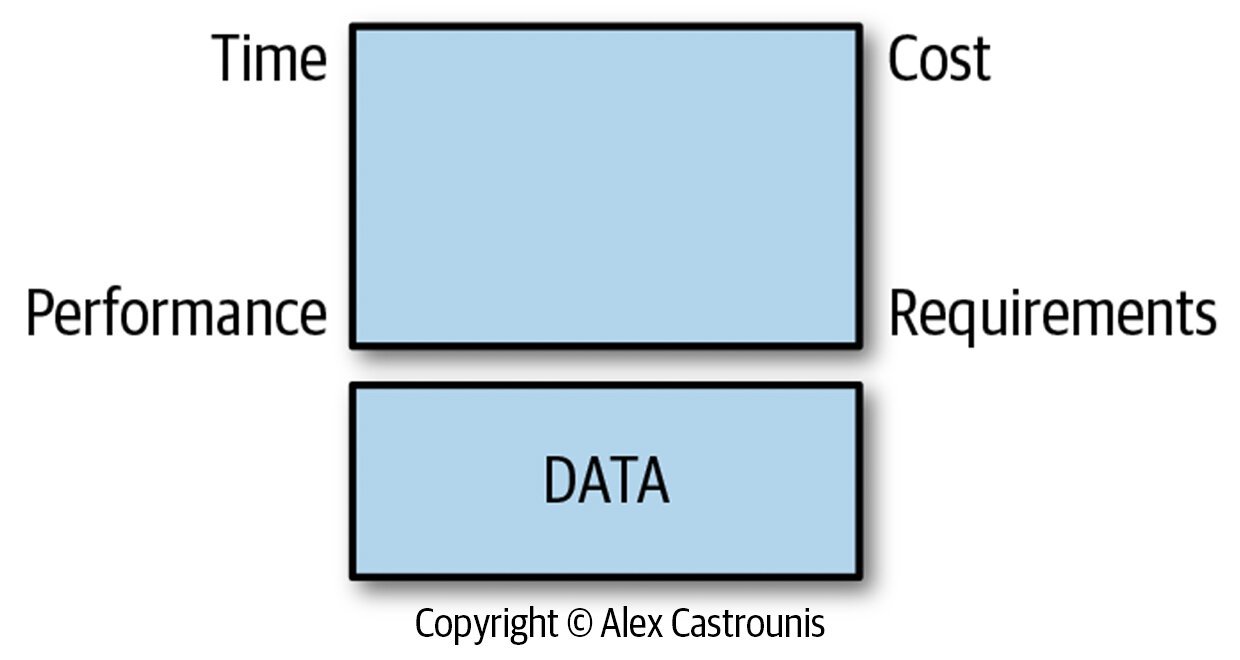How to Estimate AI
When considering an AI initiative, business executives and managers frequently ask me the same set of questions:
How much time will it take to deliver the solution?
How much will the solution cost?
What level of performance (e.g., predictive accuracy) will the solution achieve?
What do you require in advance to deliver this level of performance?
It’s rare to be able to accurately answer these questions up front, especially for truly innovative AI projects—ones that involve a real leap into the unknown. This is because AI is a form of scientific innovation. That is, it’s a process of scientific, empirical, nondeterministic discovery. Given the scientific nature of AI, companies should adopt what I call the TCPR model when considering an AI initiative.
A Few Definitions…
Before I get into the TCPR model, let’s define a few terms, starting with science—or, more precisely, scientific method. The Oxford English Dictionary defines scientific as:
A method of procedure…consisting of systematic observation, measurement, and experiment, and the formulation, testing, and modification of hypotheses.
Next, let’s consider the Oxford English Dictionary’s definition of empirical:
Based on, concerned with, or verifiable by observation or experience rather than theory or pure logic.
Finally, there’s the term nondeterministic. The Oxford English Dictionary defines it as follows:
Of, relating to, or designating a mode of computation in which, at certain points, there is an unpredictable choice of ways to proceed.
AI is scientific, empirical, and nondeterministic by nature. So, AI success comes not from logic, theory, or pure subject matter expertise, but from experience, trial and error, and the application of the scientific method or something similar.
The Project Management Triangle and the TCPR Model
You’re probably familiar with the project management triangle, which describes a balanced system between the scope, cost, and time required for a given project quality. (See Figure 1.) So, if for any project one of these three components is fixed, it affects the other two components. For example, suppose a project’s cost is fixed. This dictates the number of resources (people) dedicated to the project, which in turn affects how much work can be done (scope) and how quickly (time). On a related note, it’s possible to fix one component such that the other two can’t accommodate it—say, setting a deadline that is impossible to meet without unreasonable adjustments to cost or scope. This is a deterministic system a bit like a three-legged table. Three-legged tables don’t wobble since the forces in the three legs are always balanced.
The project management triangle applies only to deterministic projects—projects whose scope, cost, time, and requirements can be identified in advance. It does not apply to projects that fall under the umbrella of scientific innovation, like AI projects do. Generally speaking, simply throwing more data scientists or money at an AI project won’t necessarily complete it any faster or better.
That’s where the TCPR model comes in. (See Figure 2.) TCPR stands for time, cost, performance, and requirements. The TCPR model represents an indeterminate system—one in which more than one solution exists. In this way, it’s like a four-legged table. Engineers know that unless a four-legged table is perfectly made, and the floor on which it rests is completely flat, it’s impossible to calculate the simultaneous forces on all four legs. Moreover, the table is unbalanced and is likely resting mainly on three legs, which causes it to wobble as a result.
Figure 2. The TCPR Model
Notice that the TCPR model rests on a foundation of data. This is critical. There’s no point even talking about the four components of TCPR without first identifying what data sources and fields (aka attributes or features) are available. This requires some amount of data discovery, exploration, and understanding. Trying to quantify your TCPR components without real data in hand is like trying to paint a portrait of someone you’ve never seen.
Shifting to a Scientific Mindset
Using the TCPR model requires a shift to a scientific mindset. Specifically, it means understanding that it may not be possible to answer questions about time, cost, performance, or requirements up front with real precision—especially if your company’s AI initiative is unlike anything that your company, or anyone else for that matter, has ever pursued before. Making this mindset shift sooner rather than later is key to scientific innovation—and AI—success.
Conclusion
It’s human nature to avoid uncertainty. We want everything to be deterministic—stable and predictable. But the real world is largely nondeterministic—and so are AI projects that really swing for the fences. Trying to wedge a nondeterministic AI project into a deterministic model is like trying to fit a square block into a round hole. But there’s good news. Even though truly innovating requires a leap into the unknown, innovators, differentiators, and disruptors win... period. To learn more, check out my book, AI for People and Business.


